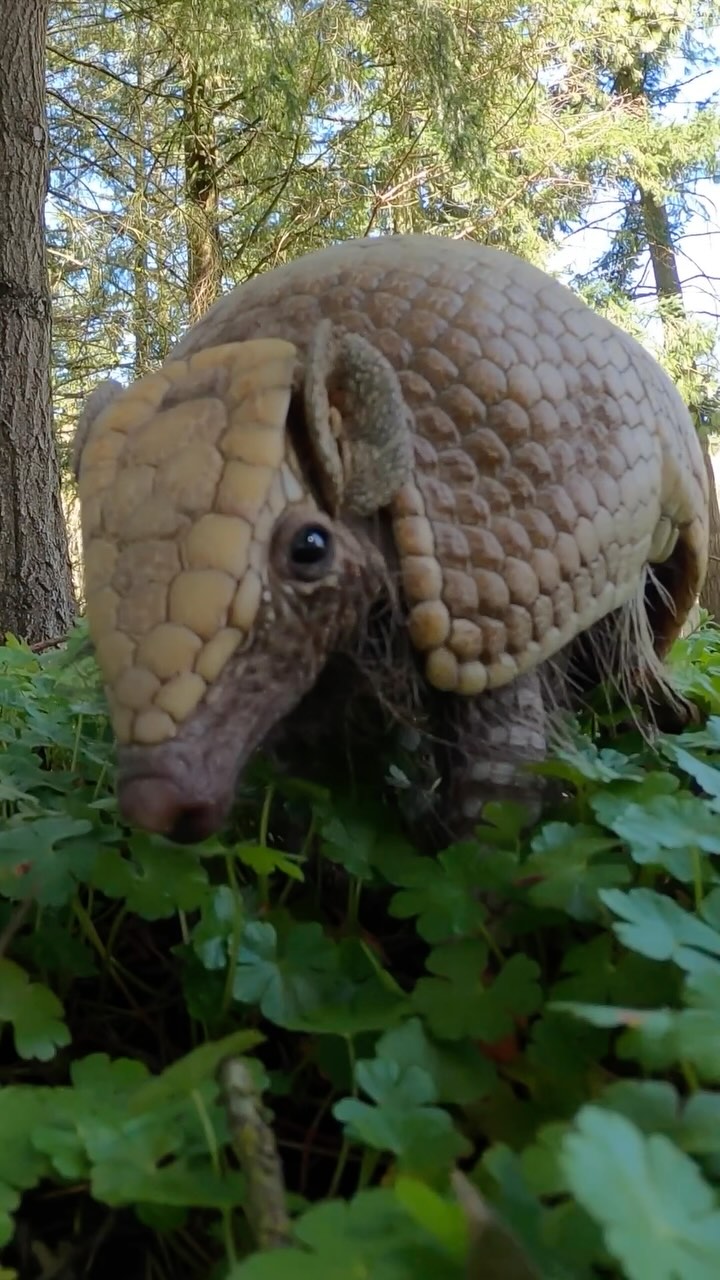- Understanding the evolutionary background and adaptations of armadillos in their natural habitats.
- The ecological role of armadillos and their contribution to ecosystem balance and biodiversity.
- Insights into armadillo behavior, diet, and reproductive habits.
- Challenges and strategies in armadillo conservation and the importance of wildlife management.
- Integrating armadillo awareness in zoo education programs to foster wildlife conservation and public engagement.
Armadillos are a fascinating group of mammals known for their distinctive armor-like shell. This shell is a unique adaptation that they possess, providing them with protection against predators. This article explores their evolutionary background, biological adaptations, ecological contributions, and the conservation efforts necessary for their survival.
The evolutionary journey of armadillos dates back millions of years. Armadillos belong to the order Cingulata, within the superorder Xenarthra, which they share with sloths and anteaters. This lineage is thought to have evolved in South America, gradually diversifying across the continent and beyond. The defining characteristic of armadillos is their protective shell, composed of ossified dermal plates, or osteoderms. This adaptation is a remarkable evolutionary accomplishment for defense, allowing them to roll into a ball as a last-resort tactic to protect their vulnerable underbellies.
Armadillos live in a variety of habitats, including grasslands, semi-deserts, and rainforests, showcasing their adaptability to different environments. They have developed specialized burrowing skills which aid in thermoregulation, protection from harsh weather, and evasion of predators. These burrows also serve as shelters for other animals, emphasizing their indirect contribution to biodiversity.
Ecologically, armadillos play significant roles within their ecosystems. As insectivores, they feed on insects, grubs, and other invertebrates. This diet helps control pest populations and contributes to soil aeration through their digging activities. Such impact highlights their importance in maintaining ecological balance. Moreover, their presence in food chains acts as both predator and prey, sustaining dynamic ecological interactions.
Behaviorally, armadillos are primarily nocturnal, foraging under the cover of night to avoid daytime predators. Their keen sense of smell assists in locating food beneath the ground, while their strong claws facilitate effective digging. Reproductive strategies vary among species, with some exhibiting delayed implantation — ensuring the birth of young aligns with favorable environmental conditions.
Conservation of armadillos faces numerous challenges. Habitat destruction, road mortality, and illegal hunting are significant threats. The rapid expansion of agriculture has led to habitat fragmentation, resulting in declining populations. Conservation strategies must adopt a holistic approach, integrating habitat restoration, legal protection, and public education. Wildlife corridors and protected areas are essential in safeguarding armadillo habitats, while dedicated research contributes to informed management practices.
Zoo management plays a vital role in wildlife conservation, providing a platform to educate the public about armadillos. Many zoos incorporate armadillos into their education programs, raising awareness about the species and their ecological importance. Through interactive demonstrations and informative exhibits, zoos can foster a connection between visitors and wildlife, emphasizing the need for conservation.
This educational outreach extends beyond just exhibit-based learning. Zoos can engage in collaborative projects with conservation organizations to support habitat preservation and research initiatives. This integration of efforts not only aids in armadillo conservation but enhances the overall impact of conservation messages.
In conclusion, armadillos exemplify the delicate balance between adaptation and survival. Their evolutionary journey, ecological roles, and conservation challenges illuminate broader themes in wildlife conservation. By embracing comprehensive management strategies and leveraging public education, we can contribute to the preservation of armadillos and the rich biodiversity they help sustain.
*****
Source Description
armadillomg


